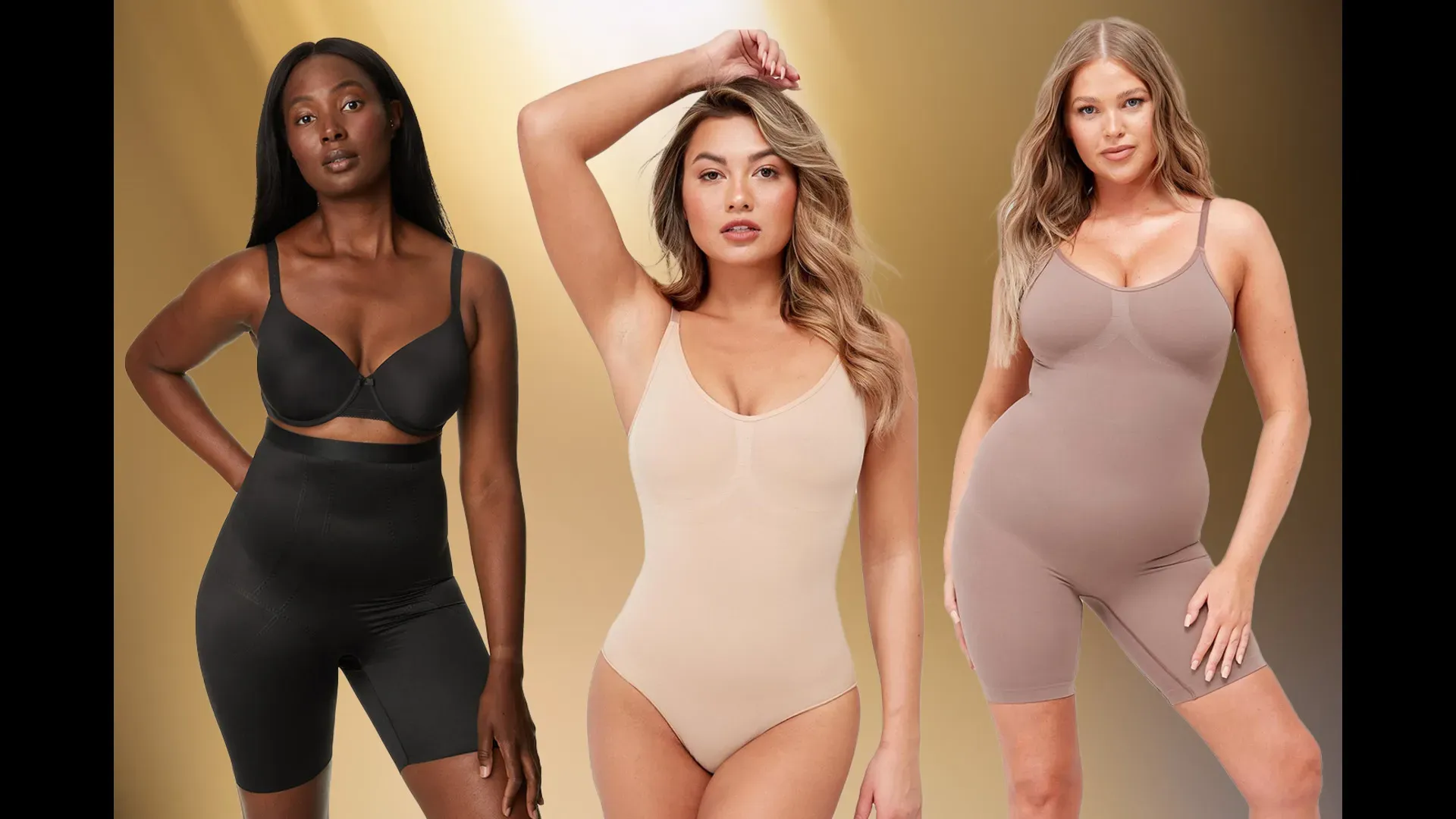Does Wearing Shape Wear Cause Inconvenience in Daily Life?

Shape Wear is often praised for its ability to enhance confidence by smoothing out the body’s natural contours. However, it can sometimes come with challenges that affect daily comfort and practicality. So, does wearing shape wear cause inconvenience in daily life? The answer depends on factors like garment type, fit, and how it’s worn. Let’s explore the potential inconveniences and how to mitigate them.
Common Inconveniences of Shapewear
1. Discomfort from Tightness
Shapewear relies on compression to sculpt the body. If the garment is too tight, it can cause discomfort, restrict movement, or even interfere with breathing. This is especially true for high-compression shapewear targeting the abdomen.
2. Difficulty in Using the Restroom
Many shapewear garments, such as bodysuits or high-waisted styles, can complicate restroom breaks. While some designs feature openings or snaps for convenience, others require the wearer to completely remove the garment.
3. Rolling or Sliding
Poorly fitting shapewear can roll down or slide out of place, particularly around the waist or thighs. This requires frequent readjustments, which can be bothersome, especially in public or professional settings.
4. Heat and Sweating
Shapewear made of synthetic materials like nylon or spandex can trap heat and cause sweating, particularly during warmer months or prolonged wear. This can lead to discomfort or skin irritation.
5. Time-Consuming to Wear
Getting into and out of tight shapewear can take time and effort, which may not be practical during busy routines or situations requiring quick outfit changes.
6. Limited Range of Motion
Some shapewear restricts movement, making activities like bending, stretching, or sitting for long periods uncomfortable.
7. Skin Irritation
Prolonged wear of tight shapewear may lead to chafing, redness, or irritation, especially for those with sensitive skin or allergies to synthetic fabrics.
Minimizing the Inconvenience of Shapewear
While these challenges are real, they don’t have to outweigh the benefits of wearing shapewear. Here are some tips to minimize inconvenience:
1. Choose the Right Size
Avoid the temptation to size down for extra compression. Properly sized shapewear provides shaping benefits without excessive discomfort or rolling.
2. Opt for Breathable Fabrics
Look for shapewear made from breathable, moisture-wicking materials to reduce heat and sweating.
3. Select Convenient Designs
Consider styles with restroom-friendly features, such as built-in openings or detachable sections.
4. Prioritize Comfort
For everyday use, choose light or medium compression levels. Save high-compression garments for special occasions where maximum shaping is desired.
5. Limit Wear Time
Avoid wearing shapewear for extended periods to reduce the risk of discomfort or irritation.
6. Test Before Wearing Out
Try on shapewear at home to ensure it fits well and stays in place during typical movements like sitting, walking, or bending.
When Shapewear is Worth It
Despite potential inconveniences, many people find shapewear worth the effort for specific occasions. It can enhance confidence, improve posture, and complement outfits that require a smoother silhouette. By choosing the right type and fit, the drawbacks can often be minimized or eliminated altogether.
Final Thoughts
Wearing shapewear can cause inconvenience in daily life, particularly if the garment is poorly fitted, overly tight, or made from non-breathable materials. However, modern designs have addressed many of these issues, offering more comfort and practicality than ever before.
To make shapewear a positive part of your wardrobe, prioritize fit, comfort, and functionality. With these considerations, shapewear can be a valuable tool for enhancing confidence without disrupting your daily routine.